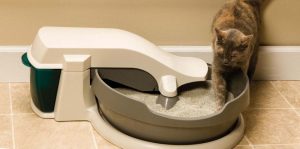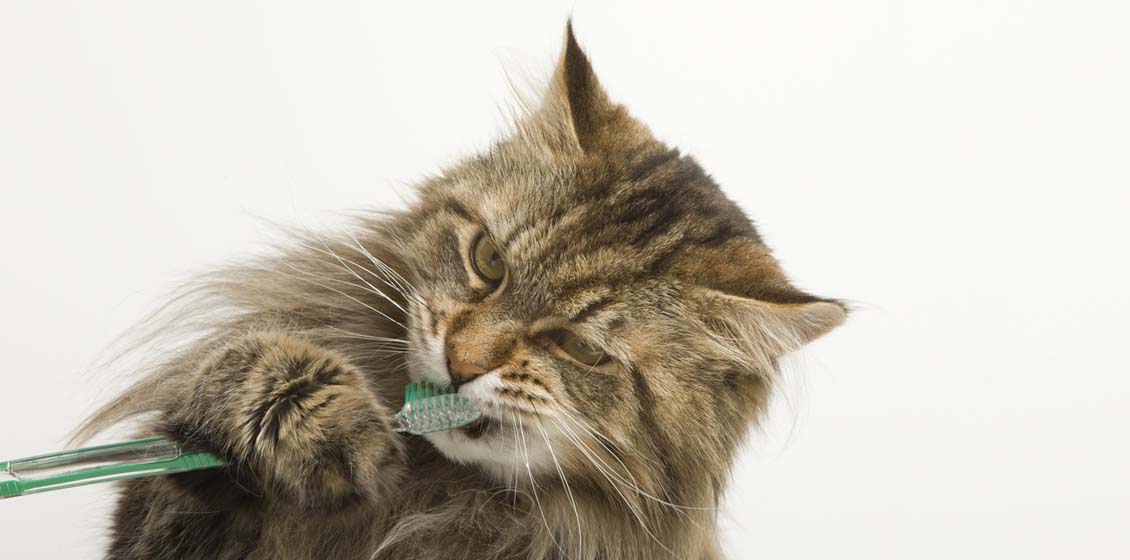What you need to know about diseases of the urinary tract of cats?
 Despite the fact that urological syndrome (UIC) as a whole can be successfully prevented, this syndrome is often found in cats and is a big problem especially in adult animals (often in the form of urolithiasis in cats). The syndrome occurs in both sexes, but for cats, urological syndrome is a serious danger.
Despite the fact that urological syndrome (UIC) as a whole can be successfully prevented, this syndrome is often found in cats and is a big problem especially in adult animals (often in the form of urolithiasis in cats). The syndrome occurs in both sexes, but for cats, urological syndrome is a serious danger.
What diseases are accompanied by urological syndrome in cats?
Idiopathic cystitis of cats (IC)
The most common cause of problems with the urinary system of cats. The term “idiopathic” means that the “cause” of the disease remains unknown. In the case of IC, the cat’s bladder becomes inflamed for no apparent reason.
The diagnosis of cystitis in cats is usually made by eliminating all other causes.
Reducing stress, increasing cat water intake and feeding special diets can help reduce the incidence of cystitis in cats. It is recommended that cats be fed only wet food to ensure that more fluid is consumed.
Urinary tract infections in cats – bacterial infections of the bladder are more common in cats older than 10 years. Infections lead to inflammation and irritation of the bladder, leading to symptoms of USK. Treatment requires the use of antibiotics.
Urolithiasis – cat urolithiasis (ICD)
Uroliths – stones in the bladder. These small stones cause irritation and inflammation of the bladder of cats. This irritation makes cats feel that they need to urinate more often. Removing stones (most commonly with surgery) is required to get rid of the symptoms. Removed stones should be examined to determine the type and prescribe the correct preventive treatment.
Antibiotic therapy and anti-inflammatory drugs may be required to treat secondary infection and inflammation.
For cats prone to urolithiasis, a special diet is recommended to prevent the formation of stones in the future. Preference is given to wet foods.
Obstruction (blocking) of the urethra
In this case, the cats have the symptoms described above, but in addition to them, the cat does not urinate. The diagnosis is usually easier to make if the veterinarian feels a full bladder on palpation.
Complete blockage of the urethra in most cases occurs in cats, because they have a longer urethra than cats. Such a condition can lead to death if you do not urgently go to a veterinary clinic.
Catheterization of the urethra under anesthesia is required to unblock the urethra in cats and urinate. The catheter is usually left for several days while the cat is in the hospital for treatment and receives intravenous infusions to get rid of toxins in the kidneys, get rid of stones, crystals and / or mucus, and also reduce inflammation of the urethra.
Analysis of stones or crystals is necessary to prescribe a preventive treatment that will prevent the recurrence of this dangerous condition in the future. Special diets for cats are usually prescribed in such cases (preferably wet food).
Urine crystals
As a result of various metabolic processes in cats, crystals can form in the urine. These crystals irritate the bladder and urethra, leading to USK. It is important to determine the type of crystals by examining urine in the laboratory in order to prescribe the correct treatment.
What are the symptoms accompanying urinary tract cats?
Since cats successfully hide pain and symptoms in USC, it is very difficult to understand that something is wrong with a cat. Therefore, if you notice signs of the disease, it is recommended to contact the veterinary clinic before the disease has developed.
Difficult urination in cats and cats.
Increased frequency of urination.
Blood in the urine of cats or cats.
The cat does not urinate in the tray.
A cat screams or meows when trying to urinate in a tray or outside the tray.
Constantly licks the genital area.
What is urethral obstruction and why is it dangerous for cats?
The urological syndrome in cats is a big problem, because their urethra is long and narrow, which makes it blocking the urethra with stones and crystals.
When this happens the cat can not “write” and toxins can no longer be excreted in the urine, which leads to dangerous consequences. With obstruction of the urethra, the bladder increases greatly (it can be the size of a grapefruit), while the cat experiences severe pain.
Symptoms of Urethral Obstruction
Difficult urination.
Apathy.
Loss of appetite.
Vomiting, collapse.
Without emergency veterinary care, this condition can quickly lead to death. Early diagnosis and treatment are necessary to save the cat’s life!
How to prevent diseases of the urinary system of cats?
There are simple recommendations for owners that can reduce the chance of developing such problems. We recommend:
Give the cat access to fresh water in a shallow clean bowl, keep it full. Many cats prefer cool, filtered water. Keep at least one water source away from the food bowl.
Encourage urination in cats – update the fill in the tray daily.


